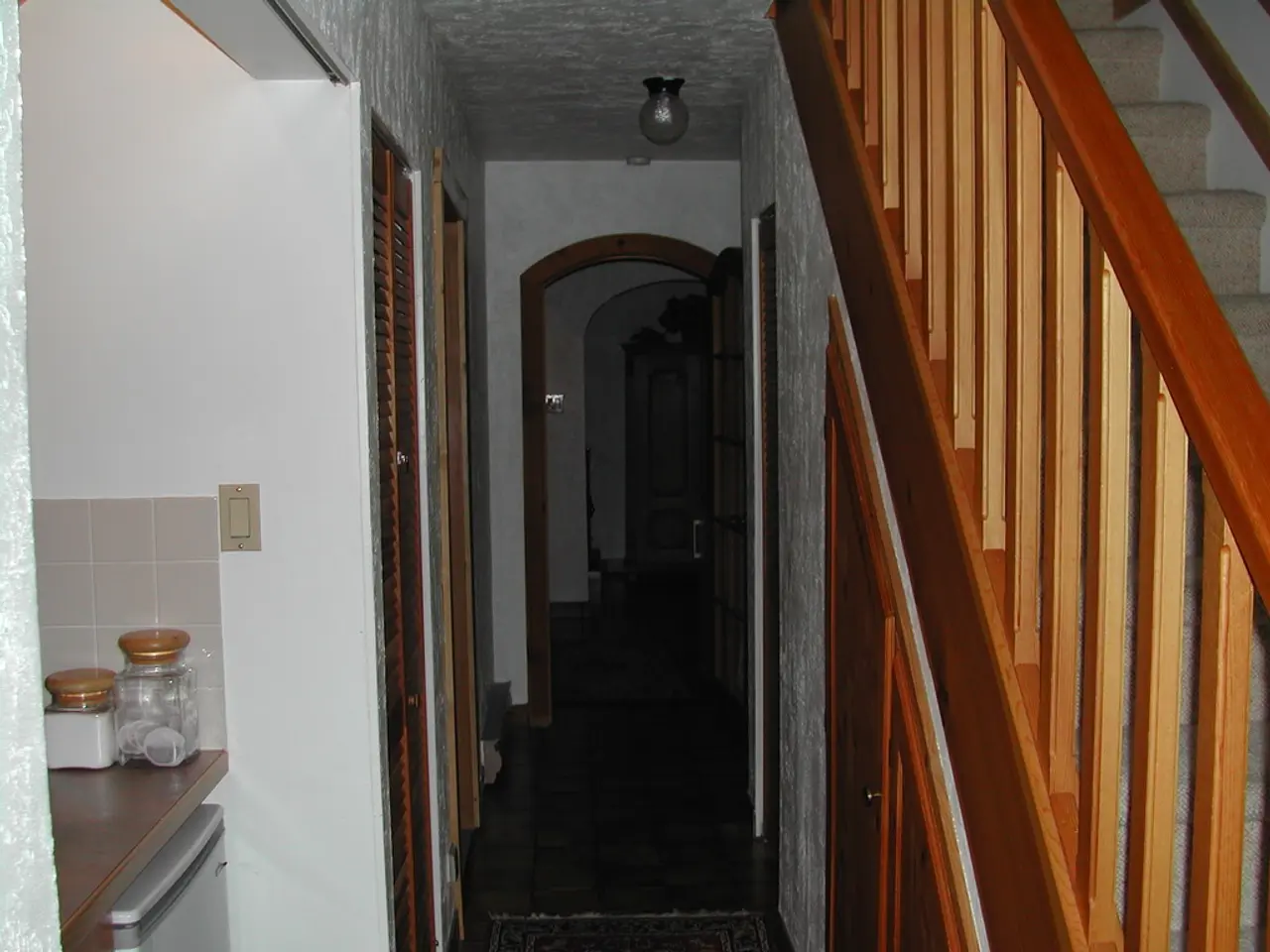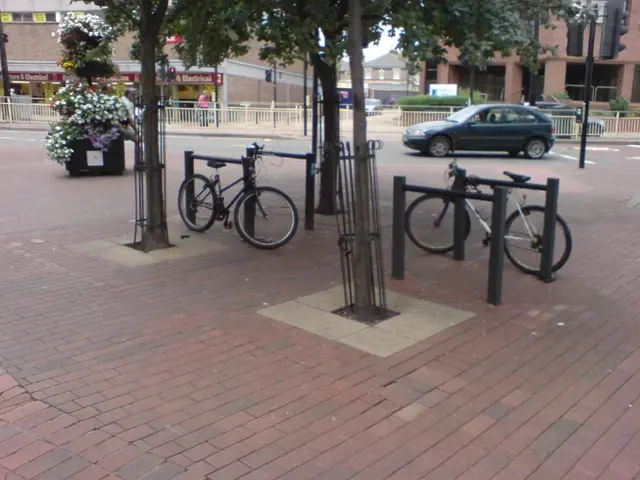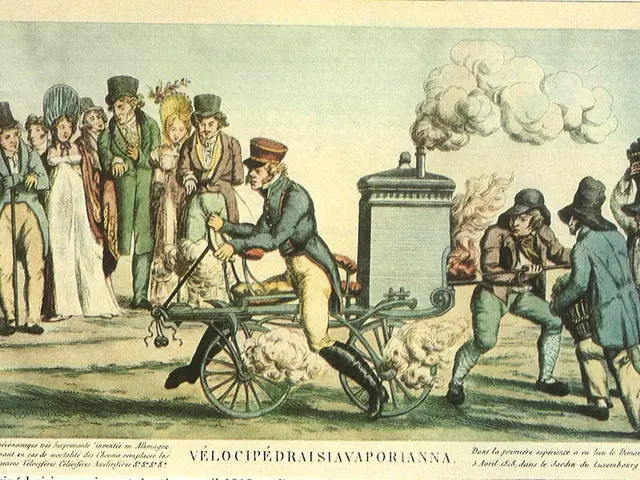Germany's Elderly Prefer Home Care: Stairlifts Emerge as Cost-Effective Solution
The preference for elderly care in Germany is clear: around 80 percent opt for home care. This trend is driven by affordability and personal preference, with most care recipients preferring to stay in their own homes. A stairlift, which can be more cost-effective in the long run than nursing home costs, is one solution that enables independent living.
Stairlifts, available in various designs starting at around 3,500 euros, provide safety and mobility, delaying the need for a nursing home. Subsidies of up to 4,000 euros per person are possible for installation, given the presence of a care level. This, combined with home care, 24/7 care, and structural adaptations, supports independent living in old age.
The rising costs of nursing homes, driven by increasing personnel, energy, and food prices, as well as demand for care places, make them less affordable. Monthly out-of-pocket costs average over 2,800 euros and are rising, putting a strain on many families. To address this demand, a new nursing home was built in Kempen, offering comprehensive care and support for people with ongoing care needs.
Investing in a stairlift and home care options can be a practical and cost-effective solution for elderly care in Germany. While nursing homes remain an option, their rising costs and the preference for home care make alternative solutions increasingly attractive.








